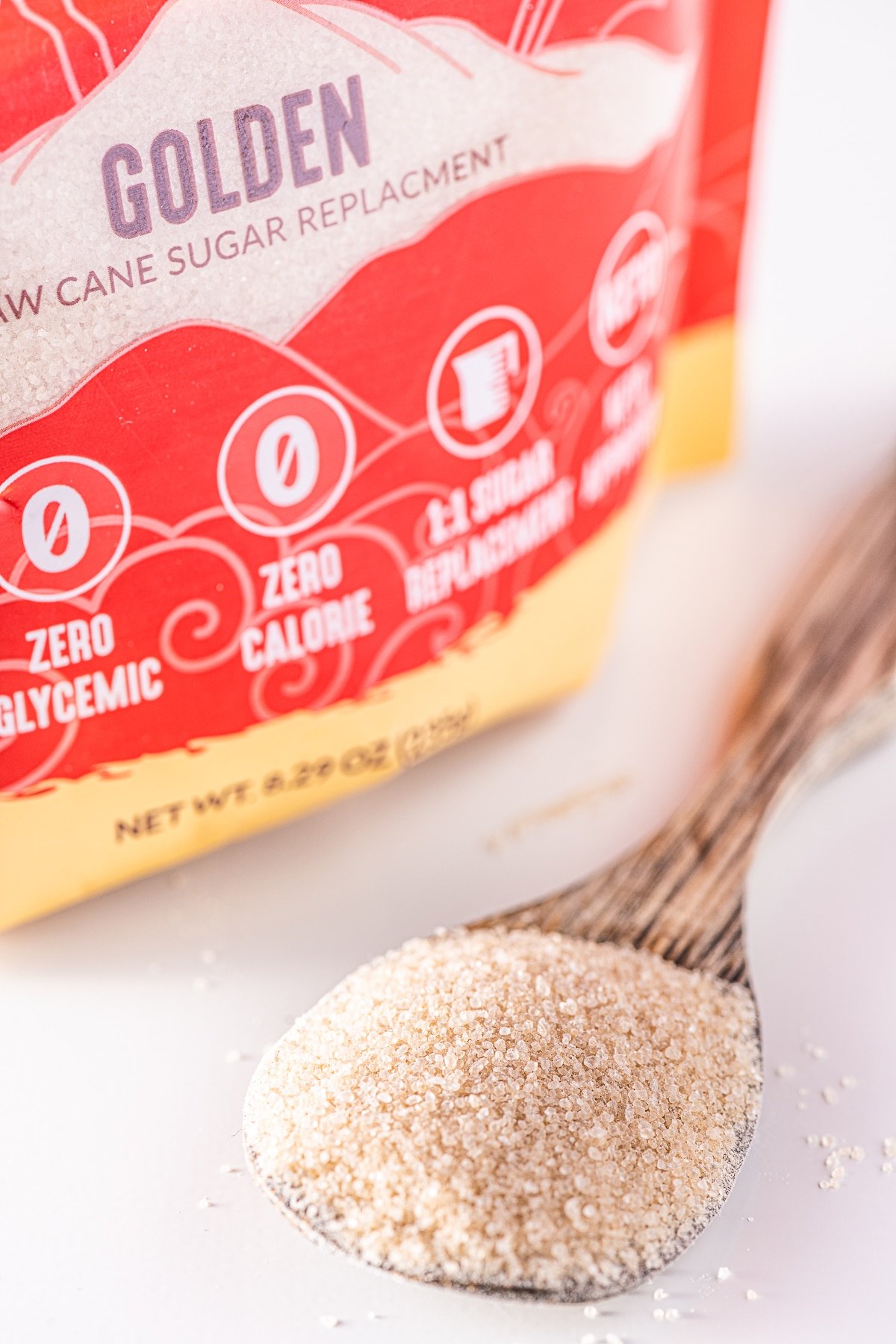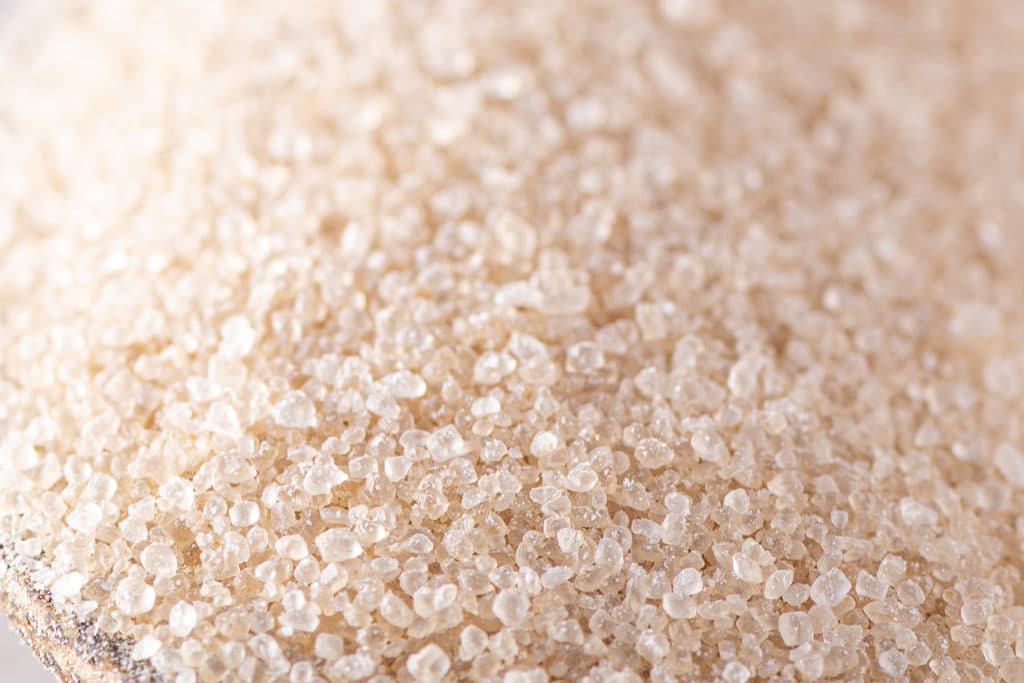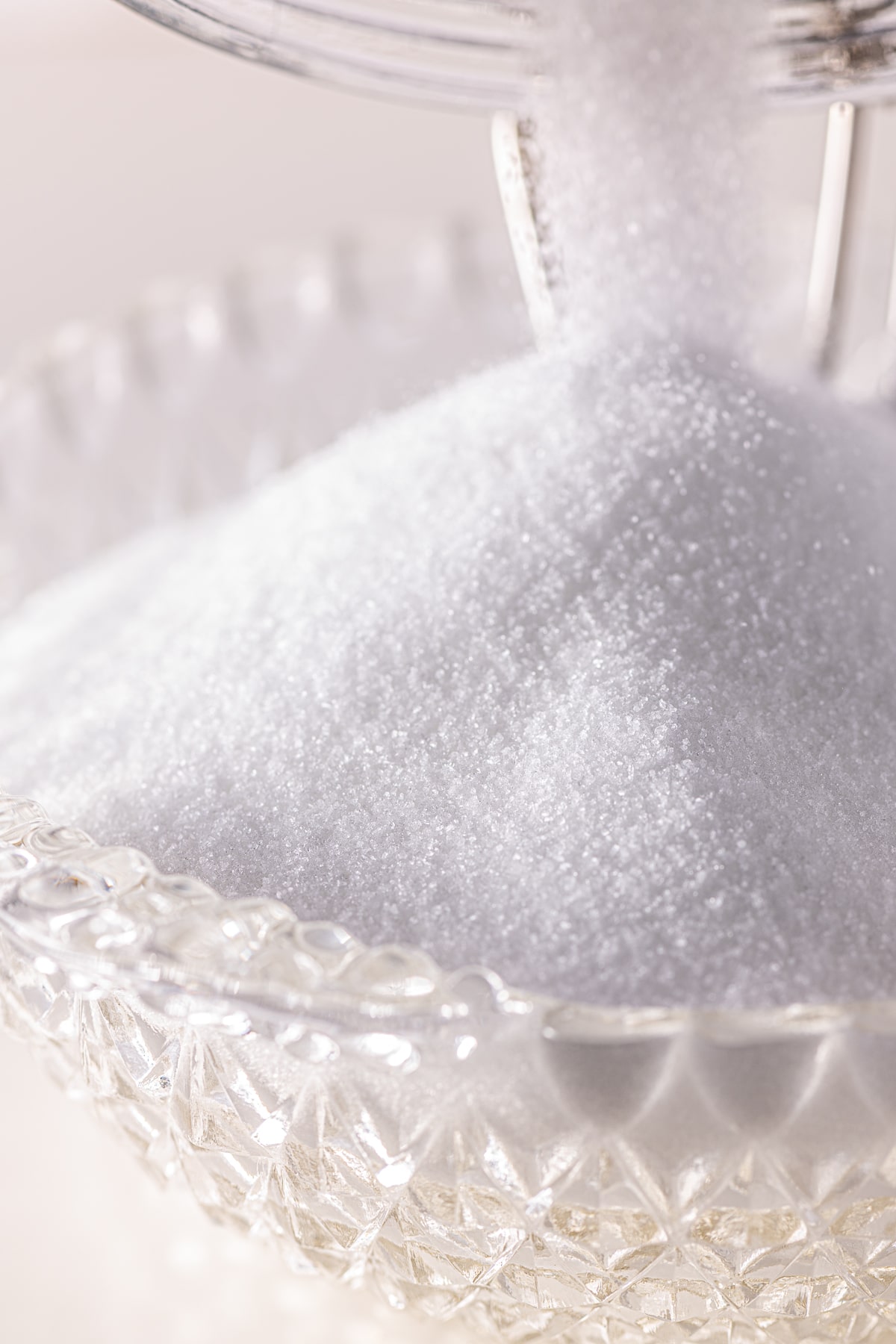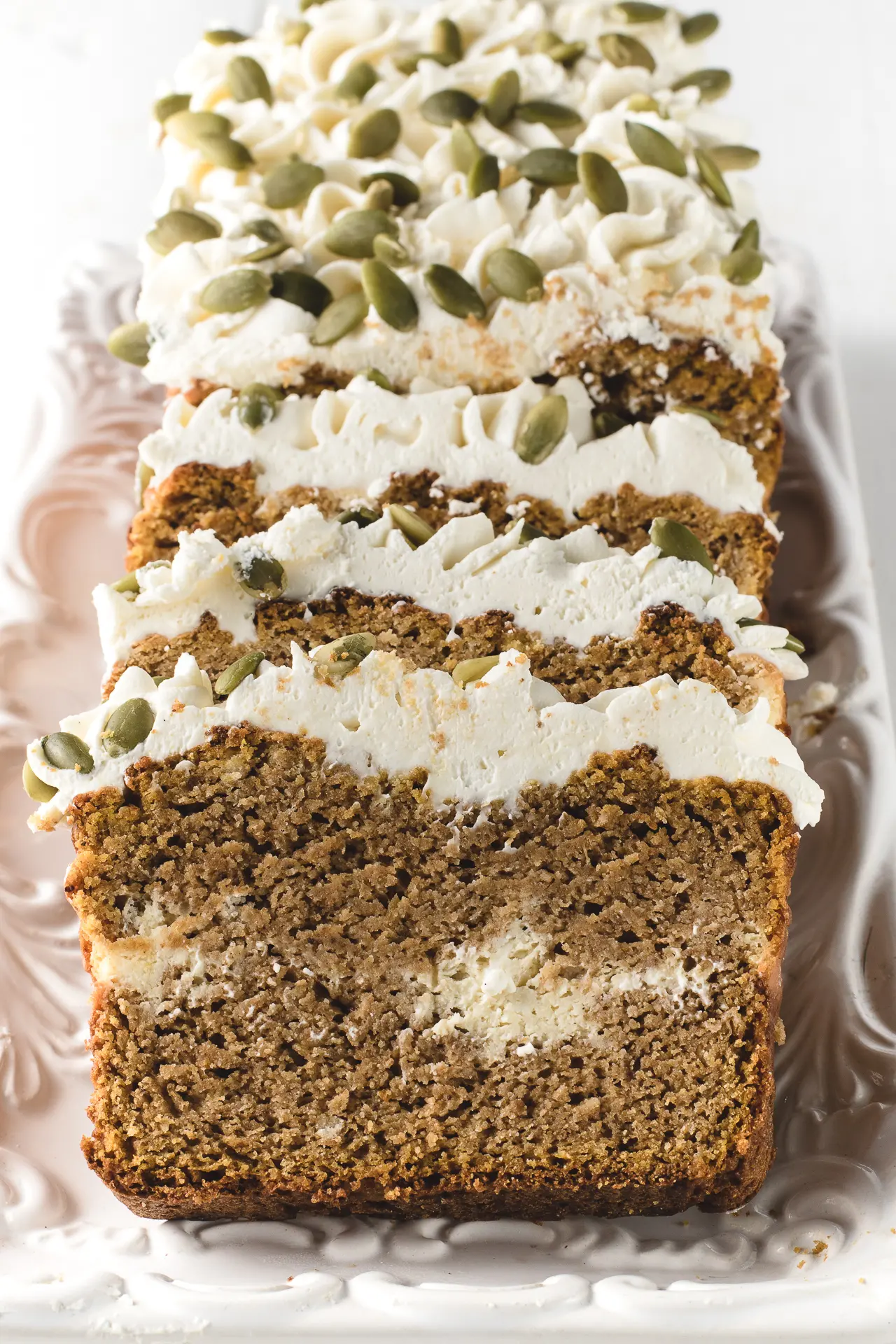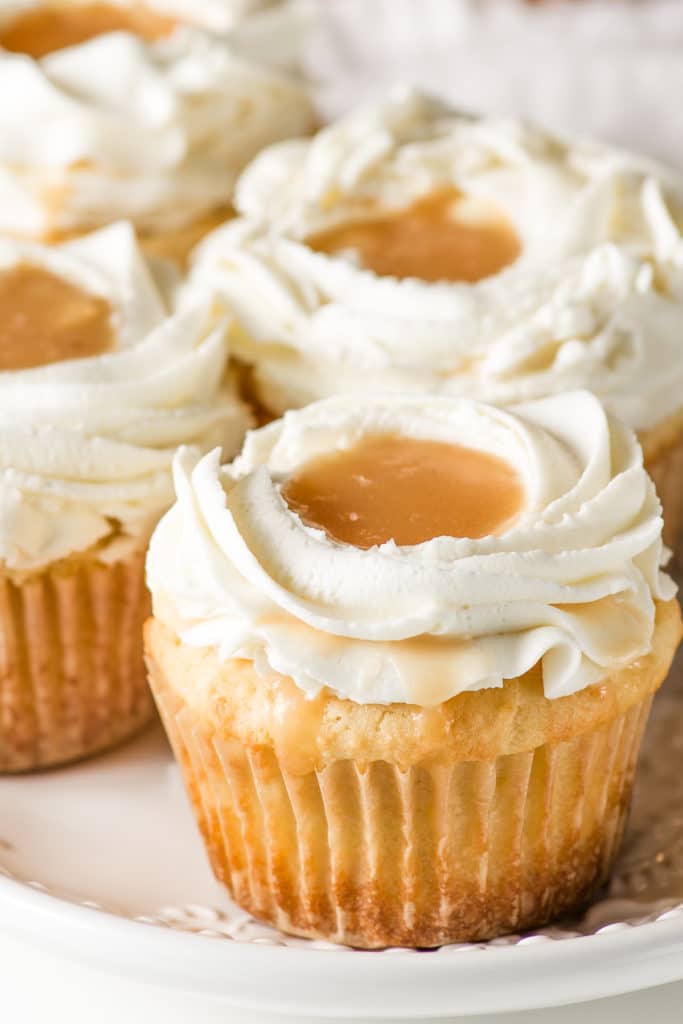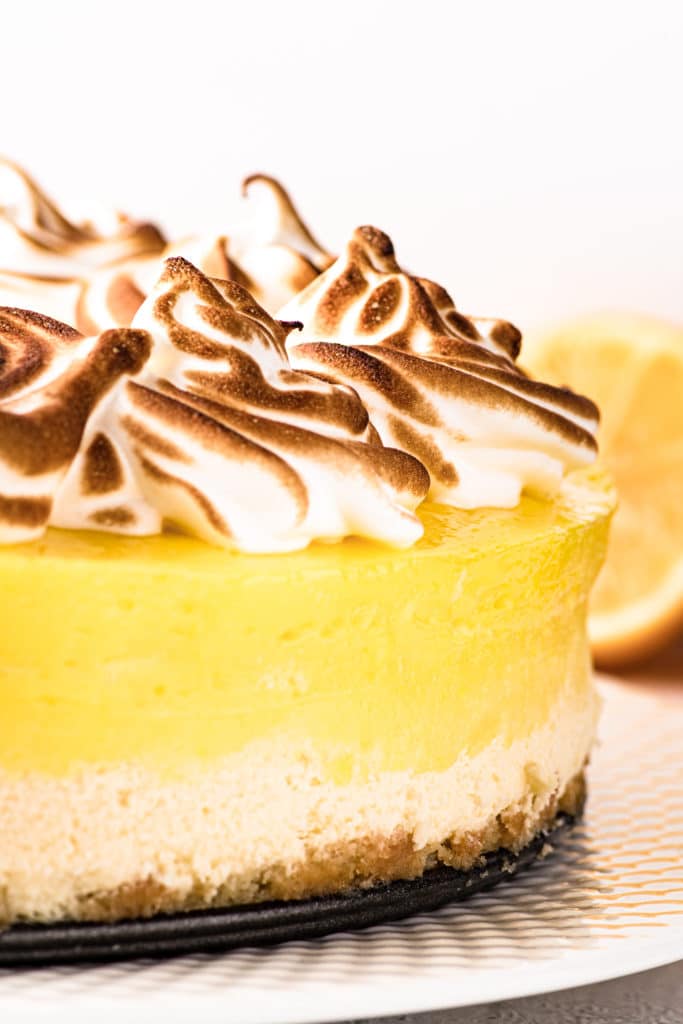Like allulose and erythritol, monk fruit is a natural low-calorie sweetener you can use in place of sugar when baking or cooking. Here are all the fun facts, unique dessert recipes, and everything else you need to know about this sweetener!
As I come up with new recipes for this blog, I am always doing my best to come up with recipes that are low carb and refined sugar-free.
Whether you are cutting out sugar for serious health reasons or personal preference, there’s no reason why you should deny yourself from having a sweet treat here and there.
Besides, not every dessert has to be full of sugar!
In my search for low-calorie sweeteners, I found so many different options, and I have pretty much tried them all. Today, I am going to be sharing a sweetener that I frequently use in many of my dessert recipes: monk fruit.
I wanted to make sure you had all of the correct information about what this sweetener is, and share some helpful info I have learned about how it can replace regular table sugar.
Frequently Asked Questions About Monk Fruit
I get a lot of questions about monk fruit, so I decided to pull them all together and answer them in one post. If you find you have more questions than you see here, drop me a line.
What Is Monk Fruit?
Surprise, surprise! Monk fruit sweetener comes from…monk fruit. This particular fruit can be found in Southeast Asia and is also known as Luo Han Guo.
You will find fructose and glucose to be the primary natural sugars found in this fruit. You might be wondering how this sweetener is low carb and keto-friendly?
This sweetener has antioxidants called mogrosides that help bring sweetness to the fruit. When the sweetener is being made and processed, the mogrosides get removed from the juice. This process ensures none of the sugars are left behind. Isn’t modern science cool?
What Does Monk Fruit Taste Like?
Monk fruit is extremely sweet, which is why you might typically find it in a sweetener blend with another sugar substitution like erythritol.
Is Monk Fruit A Sugar Alcohol?
Nope! This sweetener comes naturally from fruit.
What Is The Nutritional Value of Monk Fruit?
Monk fruit has zero calories and carbs!
Is It Safe To Consume?
The FDA approved monk fruit as a sweetener in 2010, and it is known to be safe to consume. It even has some fantastic health benefits such as:
- Antioxidants
- Anti-inflammatory
There are still more studies that are currently undergoing to uncover what other kinds of health benefits this fruit may have.
Does It Raise Blood Sugar Levels?
According to Healthline, this natural sweetener does not raise blood sugar levels, which makes it a perfect sugar replacement option for people with diabetes. If anything, it might even help maintain or reduce lower sugar levels!
Is Monk Fruit Keto Friendly?
With it not having any calories or carbs, it’s a great sugar alternative for those who are following the keto diet.
Can You Bake With Monk Fruit?
Yes! If you continue to read this post, I will share a couple of my favorite baking recipes where I think monk fruit sweetener shines.
Where Can I Find Monk Fruit?
~This post may contain affiliate links. If you click one and make a purchase, I may receive a commission at no additional cost to you.
I only ever recommend what ingredients or tools I use for my recipes. You can read more about our disclosure policy here ~
Monk fruit has become a huge contender in the sweetener game, especially for dessert recipes!
Here are some of the brands of monk fruit I frequently use and highly recommend:
Fun fact: you can find this sweetener in liquid, powder, golden, and granular form for all sorts of recipes!
Recipes To Make Where You Can Use Monk Fruit
I like to use monk fruit in my baking recipes all the time. It’s one of three sweeteners I use when I am creating or adjusting new recipes.
Want to give it a try? Here are a couple of recipes where I have used monk fruit in the recipe.
I am very fond of using the monk fruit erythritol powdered blend. I find it is the best of both worlds. The sweeteners complement each other, reduce much of the aftertaste, and work very well most low carb recipes.
Fresh Fruit Custard Tarts
Custard tarts are delicious. When you add a layer of fresh fruit right on top, it takes this pastry dish to a whole new level!
For me, it’s the ultimate comfort food!
In this dessert recipe, I used a mixture of powdered erythritol and monk fruit to sweeten the sugary crust and the creamy vanilla custard.

Low Carb Spiced Pumpkin Bread Stuffed with Cream Cheese
When fall starts to come around the corner, I am always one of the first ones in line to buy all the pumpkin to make this low carb spiced pumpkin bread.
My favorite part is the look of surprise on someone’s face when they cut a slice of the bread loaf and find that it’s stuffed with cheesecake. It’s the best!
I used a monk fruit blend to sweeten every part of this dessert: the bread batter, cheesecake filling, and the whipped cream cheese topping as well.
This pumpkin bread will give you all the fall feels!
Salted Caramel Keto Cupcakes
Little vanilla cupcakes topped with a creamy cream cheese frosting and ooze with sweet-salty caramel.
Wow. Worth it!
The vanilla cupcake is a blend of almond and coconut flour. It also has one cup of monk fruit erythritol powdered sweetener, a splash of vanilla, and a couple of other must-have ingredients.
This dessert is a must-try.
(Note: The caramel in this recipe requires allulose)
Keto Lemon Cheesecake With Lemon Curd Topping
If you look through some of my dessert recipes, you’ll see I make many baked goods with lots of lemons. It’s one of my top 3 flavors- and with good reason!
This keto lemon cheesecake is the perfect balance between sweet and tangy. It has a nice bit of tartness that comes through from the lemon curd.
In this lemony dessert, I used a blend of powdered erythritol and monk fruit to add to the sweetness of the buttery crust and the cheesecake filling.
I also added 2/3 of a cup of the sweetener to the lemon curd to help tame the tartness of the lemons.
More Recipes To Try
If you are looking for a couple of more recipes to test using monk fruit, take a look at some of my top dessert recipes:

